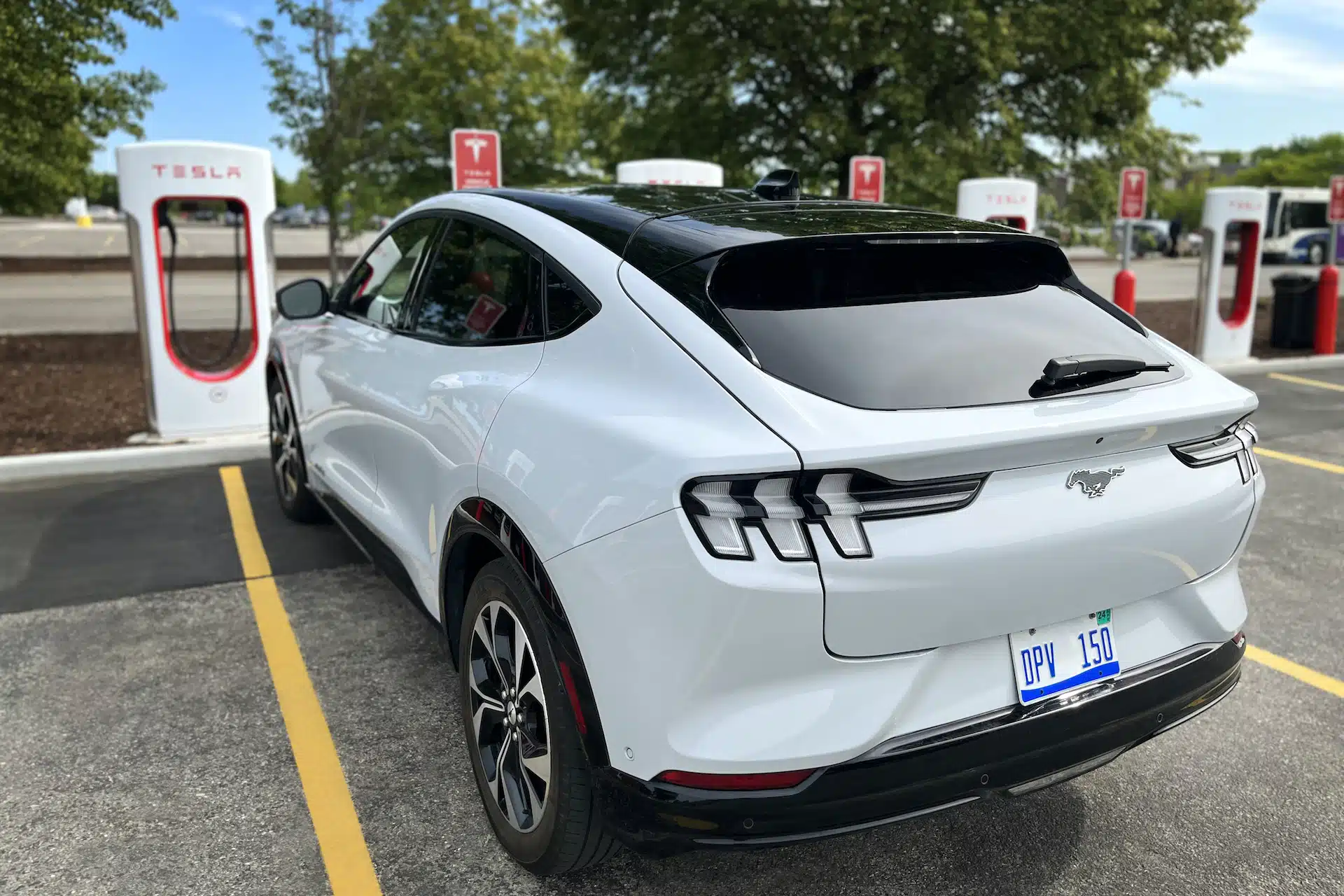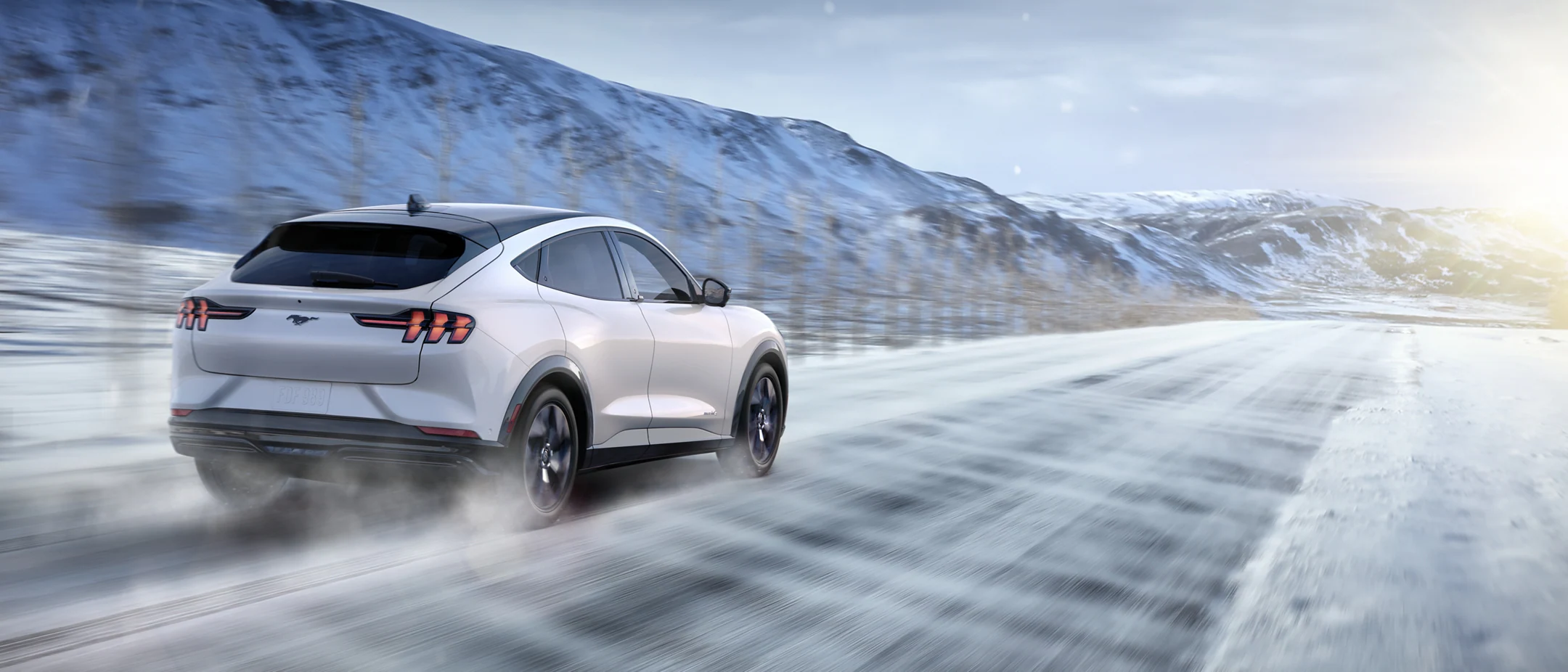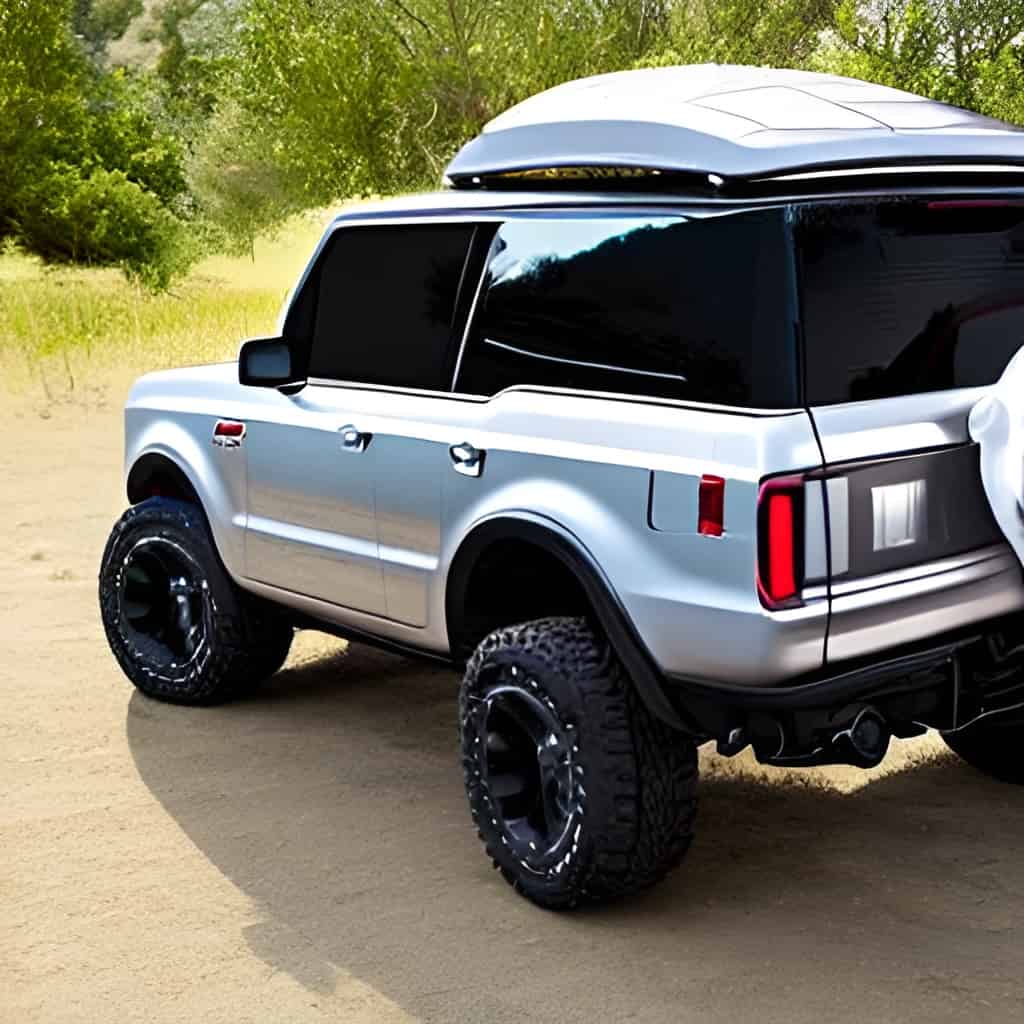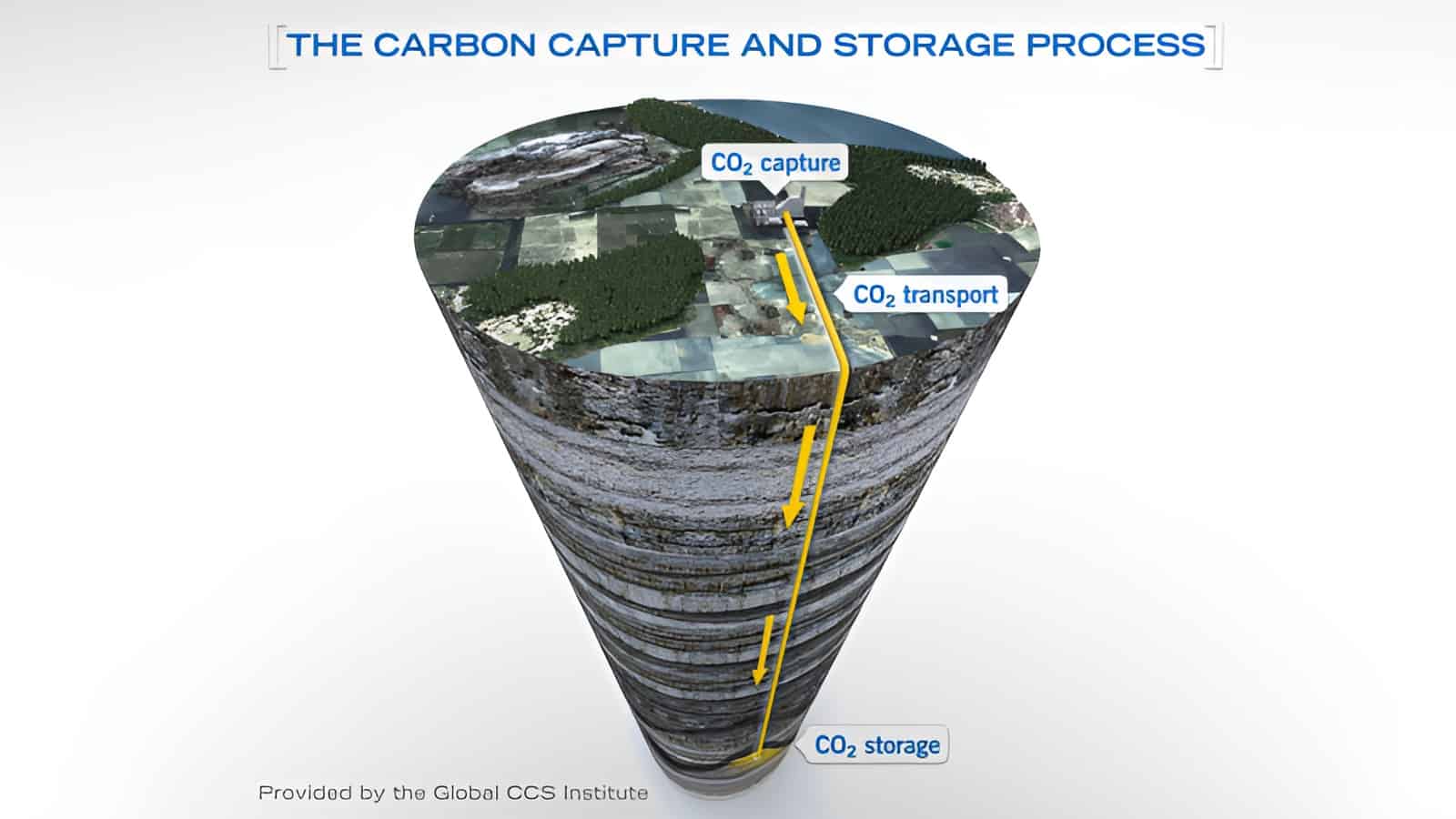
Now that the SAE has announced it will probably approve Tesla’s in-house car charging hardware as the standard for the industry, each region has a DC charging standard. This move allows for a consensus-based approach to charging infrastructure, with Ford, GM, Rivian, and Volvo backing Tesla’s North American Charging Standard (NACS). The goal is to enhance interoperability and usability for EV owners while improving charging infrastructure and reliability. Tesla started with opening up its supercharger network to other brands in the Netherlands. In Europe Tesla switched to the CCS standard with the introduction of the Model 3. This made it easier to open up their network to other brands.
- With the recently announced support from Ford and GM Tesla’s NASC standard will be the DC charging standard for the US.
- Each major EV market now has a dominant standard.
- This makes it easier to implement large scale charging infrastructure.
A win for standardisation
The announcement by the Society of Automotive Engineers (SAE) to standardise Tesla’s North American Charging Standard (NACS) signals the end of the ‘Standard Wars’. The decision to back Tesla’s charging technology paves the way for a more unified and efficient electric vehicle (EV) charging infrastructure. This move is not just a win for Tesla, but a significant step forward for the entire EV industry, which will benefit from increased interoperability and standardisation.
Standardisation of charging infrastructure is crucial for the growth of the EV market. It simplifies the charging process, allowing EV owners to charge their vehicles at any station, regardless of the car brand. This freedom and flexibility boost the appeal of electric vehicles, making them a more attractive choice for consumers.
The standardisation battle in the US
Before the SAE’s announcement, the US was the last major market still caught in a standardisation battle. The competition between Tesla’s proprietary NACS and the Combined Charging System (CCS) used by most other EVs led to a fragmented charging infrastructure. This fragmentation often posed challenges for EV owners, who had to navigate different charging systems depending on their vehicle make. However, the SAE’s move to standardise NACS puts an end to this confusion and consolidates the market.
Notably, leading automakers like Ford and General Motors have already announced their plans to adopt NACS, indicating a significant industry shift towards Tesla’s charging technology. This broad adoption of NACS is expected to streamline the charging experience and improve reliability, addressing some of the key criticisms of the CCS network.
Global charging standards
With the US moving towards NACS, each major region now has its distinct DC charging standard. In Europe, the Combined Charging System (CCS) is the dominant standard. Tesla adopted this standard with the introduction of Model 3, which made it easier to open up their supercharger network to other brands. The first Tesla Superchargers where opened to other brands in the Netherlands in 2022.
Japan, on the other hand, uses the CHAdeMO standard, while China has its GB/T standard. These different standards do not pose a significant problem, as vehicles are rarely taken from region to region. The important thing is that within each region, a unified standard exists, allowing for interoperability of charging networks.
In essence, the SAE’s decision to standardise Tesla’s car charging hardware marks a significant development in the global standardisation of DC charging. This standardisation allows for improved interoperability among charging networks, paving the way for a more seamless charging experience for electric vehicle owners.







